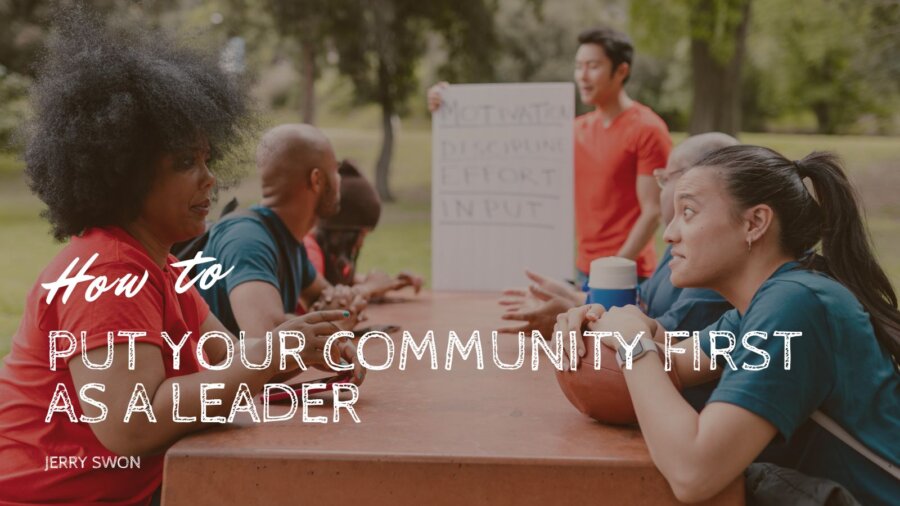Sports philanthropy represents a powerful avenue for athletes, teams, and organizations to give back to their communities and create lasting impacts beyond the field of play. Through charitable initiatives, donations, and community partnerships, sports philanthropy aims to address pressing social issues, promote positive change, and leave a lasting legacy of compassion and generosity. Let’s explore the transformative power of sports philanthropy and how it creates lasting legacies through giving.
Firstly, sports philanthropy provides athletes and teams with a platform to use their influence and resources to make a positive difference in the lives of others. Whether it’s supporting youth sports programs, funding educational initiatives, or addressing health disparities, athletes and teams have the ability to leverage their platform to raise awareness about important social issues and drive meaningful change. By lending their voices and resources to charitable causes, athletes and teams can inspire others to get involved and make a difference in their communities.
Moreover, sports philanthropy fosters a culture of giving and service within the sports community, encouraging athletes, teams, and organizations to give back to the communities that support them. Whether it’s donating a portion of their earnings to charitable causes, volunteering their time and expertise, or organizing fundraising events, athletes and teams have the opportunity to make a meaningful impact through their philanthropic efforts. By working together to address pressing social issues, the sports community can create a ripple effect of positive change that extends far beyond the field of play.
Additionally, sports philanthropy creates lasting legacies by investing in programs and initiatives that impact communities and individuals long-term. Whether it’s funding scholarships for underprivileged youth, building sports facilities in underserved neighborhoods, or providing access to sports programming for children with disabilities, sports philanthropy aims to create opportunities for all individuals to thrive and succeed. By investing in programs that promote education, health, and well-being, sports philanthropy creates a legacy of empowerment and opportunity for future generations.
Furthermore, sports philanthropy strengthens the bond between athletes, teams, and their communities, fostering a sense of connection, pride, and unity. By actively engaging with community members and organizations, athletes and teams demonstrate their commitment to being positive forces for change and contributing to the well-being of their communities. This sense of partnership and collaboration builds trust and goodwill, creating a legacy of compassion and generosity that extends far beyond the sports arena.
In conclusion, sports philanthropy represents a powerful force for good that creates lasting legacies through giving. By using their platform, influence, and resources to address pressing social issues, athletes, teams, and organizations can make a meaningful impact in their communities and leave behind a legacy of compassion, generosity, and positive change. As we continue to harness the power of sports philanthropy to create lasting legacies through giving, we can build a brighter future for all.










